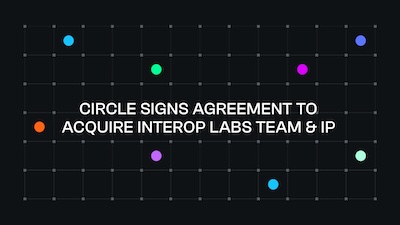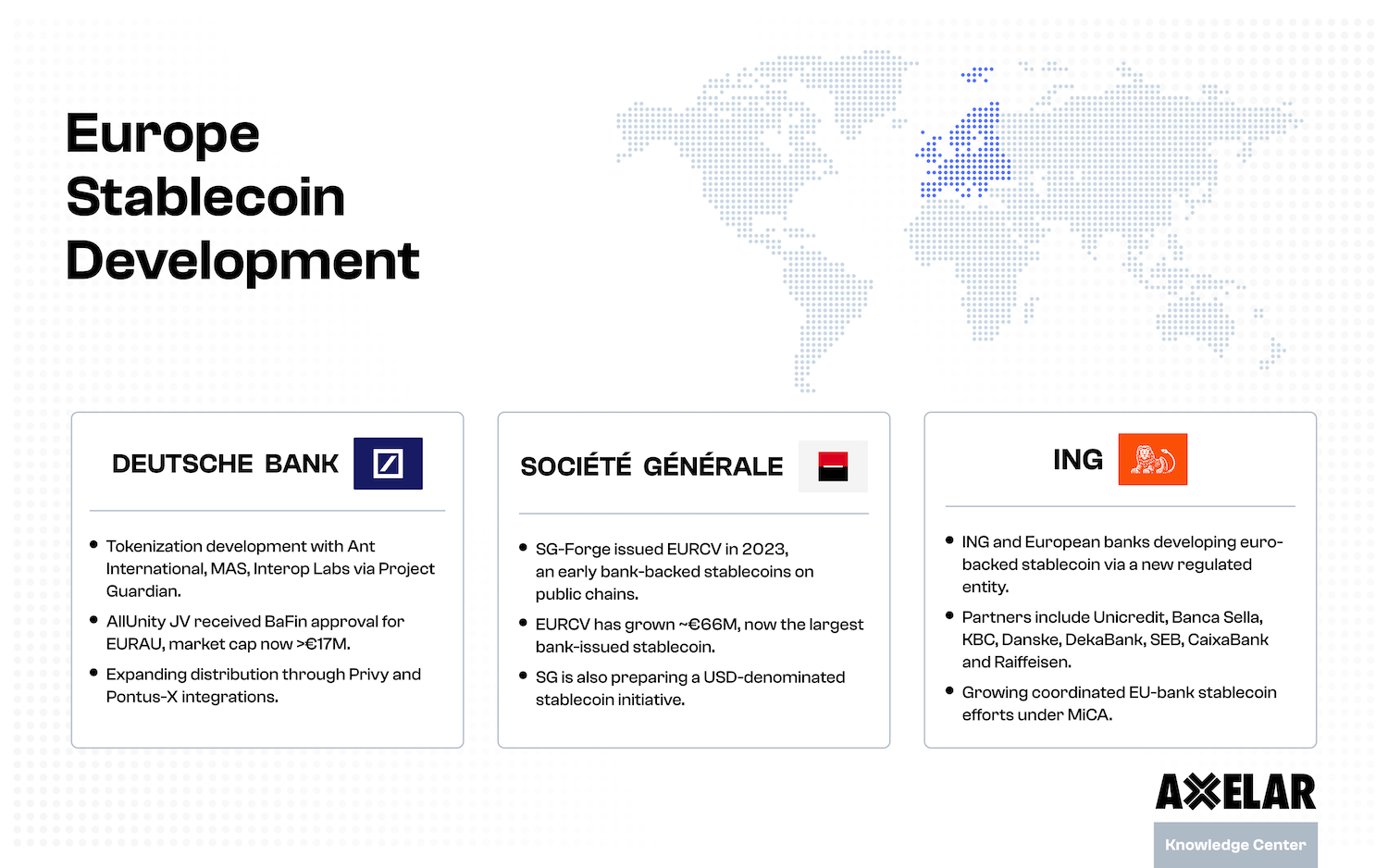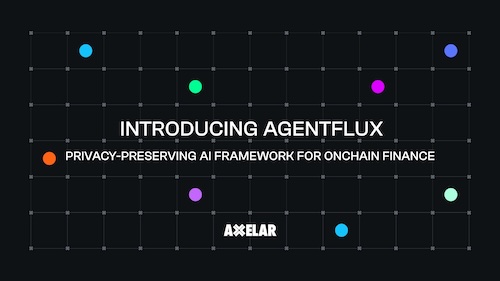Axelar and Filecoin Virtual Machine (FVM) Are Making Storage Global, Interoperable & Verifiable
Table of Contents


With Filecoin Virtual Machine (FVM) live on mainnet, Axelar and Filecoin have put in place infrastructure so developers can build applications that access provable storage across Web3. This will ensure Filecoin access is cost-effective and easy for users and developers in any blockchain ecosystem.
After an extensive due diligence process, Filecoin selected Axelar as a leading interoperability network to support secure interchain communication for Filecoin users, developers and storage provider systems.
Tldr:
- Filecoin selected Axelar after thorough due diligence, covering the capabilities and security approaches of a wide range of interoperability networks.
- Axelar will bring liquidity into DEXs and AMMs on FVM: Axelar-wrapped assets will be the canonical representations of these bridged assets in the Filecoin ecosystem.
- Axelar General Message Passing (GMP) will enable smart contracts on any chain to call Filecoin functions for storing, funding and verifying data and handling fees for users on connected chains.

For developers building with FVM, connecting verifiable data to tokens, users and applications on any chain will be a necessary component of this critical piece of infrastructure on the decentralized web.
Read on for more details on how Axelar meets two major requirements for cross-chain interoperability with Filecoin Virtual Machine, or get started building now:
- Build smart contracts on any connected chain that can fund, verify and execute data storage on Filecoin: Axelar General Message Passing docs.
- Integrate Squid to allow dApps to permissionlessly buy $FIL and use it as payment on the Filecoin Virtual Machine: Squid docs.
How Axelar delivers cross-chain liquidity to the Filecoin VM ecosystem
Axelar already supports nine assets on the FVM network, including USDC, USDT, ETH and WBTC.
For added liquidity, Squid, a liquidity router built using Axelar General Message Passing (GMP), will provide native-to-native cross-chain swaps. Squid uses secure cross-chain function calls to abstract away complexity for end users and developers. That means native-to-native swaps, cross-chain, with a single click — all running over decentralized infrastructure, and including an option for express transfers.
In other words, FVM users will be able to easily tap into the most liquid DEXs in Web3, like Uniswap on Ethereum or Osmosis on Cosmos. For example, a user on FVM can swap from ETH to FIL in one click: Squid automates the process of a) swapping ETH to USDC on Uniswap (Ethereum), b) bridging USDC over to the FVM, and c) swapping on FVM to native FIL.
This liquidity will allow dApps to offer their end users one-click user experiences, onboarding them seamlessly to FVM-enabled functions from 43 supported chains (found here: axelarscan.io).
If there is an asset that does not exist on FVM or the liquidity is thin, users can initiate a single transaction that will transfer the asset from FVM to Osmosis, a decentralized exchange in the Cosmos ecosystem, swap to the asset they want using liquidity on Osmosis, then transfer it back to FVM. This is handled via a single user interaction, with the multiple steps automated on the back end using Axelar GMP.
This will give users on FVM additional optionality and access to deeper liquidity, improving the overall user experience on FVM applications.
How Axelar supports secure interchain communication for DataDAOs building with Filecoin VM
In short, a DataDAO is a decentralized, autonomous organization that builds on Filecoin Virtual Machine to establish permissionless governance over data resources stored on Filecoin.
The participants building and running DAOs have many responsibilities and challenges to look after. Managing their connection to Filecoin should be the least of their worries. However, securely reading and writing to data storage on another chain is a complex challenge — perhaps even more so than ”bridging” assets using wrapped tokens.
Axelar GMP is designed for this kind of challenge, allowing participants on different blockchains to send any payload securely, cross-chain. Any payload means, for example, that the cross-chain packet can include data, cryptographic hashes and function calls.
With Axelar on the back end, DataDAOs on any chain will read and write to Filecoin’s decentralized storage network. Developers of DAOs will be able to build on the blockchain that best fits their use case and user base. Users of these DAOs won’t have to create new on-chain identities or acquire new gas tokens. This enables applications on Polygon, BSC, Ethereum, Cosmos and more to fund, store and verify data in a trustless manner on Filecoin from their native chains.
For more on the potential use cases of DataDAOs, read here.
Axelar’s security approach
At its core, Axelar security is based on proof-of-stake consensus. A permissionless validator set runs Axelar’s security protocols. Collectively, Axelar validators confirm state changes on one connected chain, and authorize appropriate actions on another connected chain.
Uniswap recently validated Axelar's security approach in a detailed assessment, conducted by the leading decentralized exchange (DEX) to evaluate interoperability networks capable of supporting cross-chain governance for its multichain deployments.
Validator security policies, such as mandatory key rotations, are in place to prevent a persistent attacker from compromising multiple nodes. Quadratic voting is implemented to prevent concentration of voting power in the event stake becomes concentrated with a small number of validators.
In the event of a breach, network functions enable mitigation of malicious interconnected chains by suspending traffic from them. Contract limits specify how much can be transferred over a given time period.
Audits are published on Axelar’s GitHub. Details on a continuous bug bounty program are available in the Axelar docs.
For a full picture of the Axelar security approach, read co-founder Sergey Gorbunov’s blog post, “Security at Axelar Core.”
Conclusion
Like Filecoin, Axelar’s mission is to build infrastructure for a global and verifiable internet of information.
Filecoin Virtual Machine combines smart contracts with verifiable storage, enabling decentralized governance over global data resources. Connecting any chain to any chain is an essential component of this vital infrastructure.
Through an extensive diligence process, Filecoin selected Axelar as a leading interoperability provider for Filecoin Virtual machine — because Axelar provides these connections over the most decentralized, comprehensive and programmable network available.
This connection will bring liquidity into FVM, providing a canonical representation of bridged assets for a more unified user experience. It will also allow DataDAOs to call functions cross-chain, from any chain, storing and retrieving data and handling fees for users across Web3.
Together, Axelar and Filecoin are making verifiable storage globally available for dApps and users across Web3.
Ready to start building?
- Build smart contracts on any connected chain that can fund, verify and execute data storage on Filecoin: Axelar General Message Passing docs.
- Integrate Squid to allow dApps to permissionlessly buy $FIL and use it as payment on the Filecoin Virtual Machine: Squid docs.


